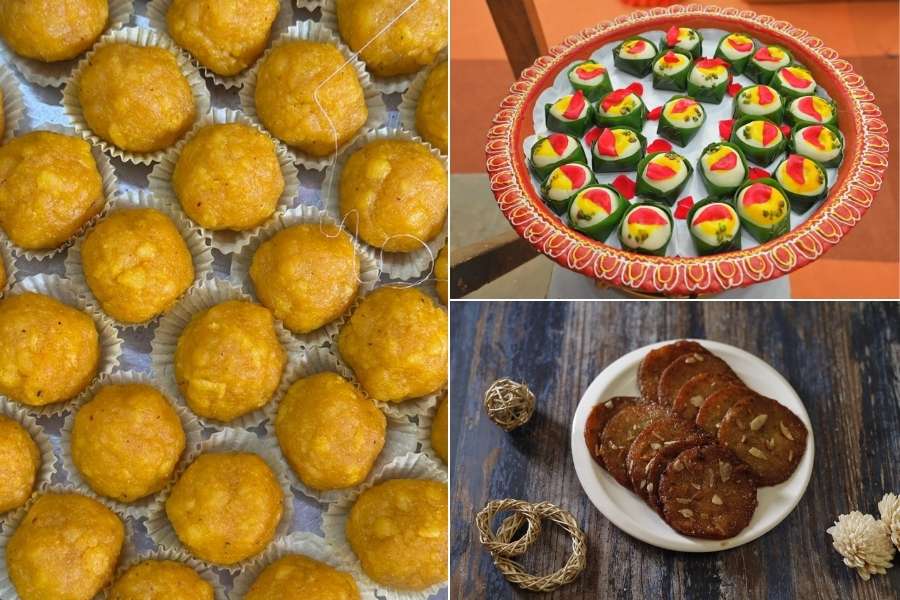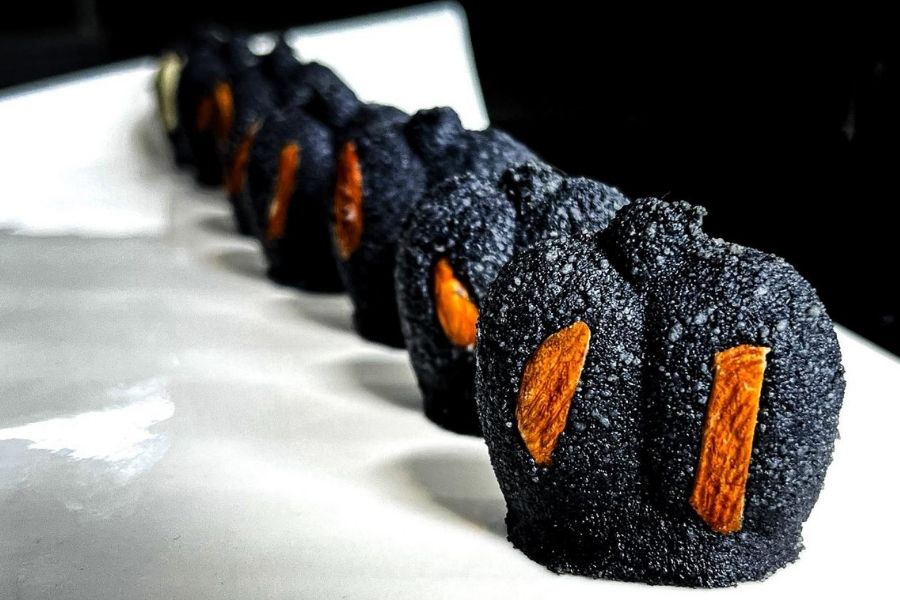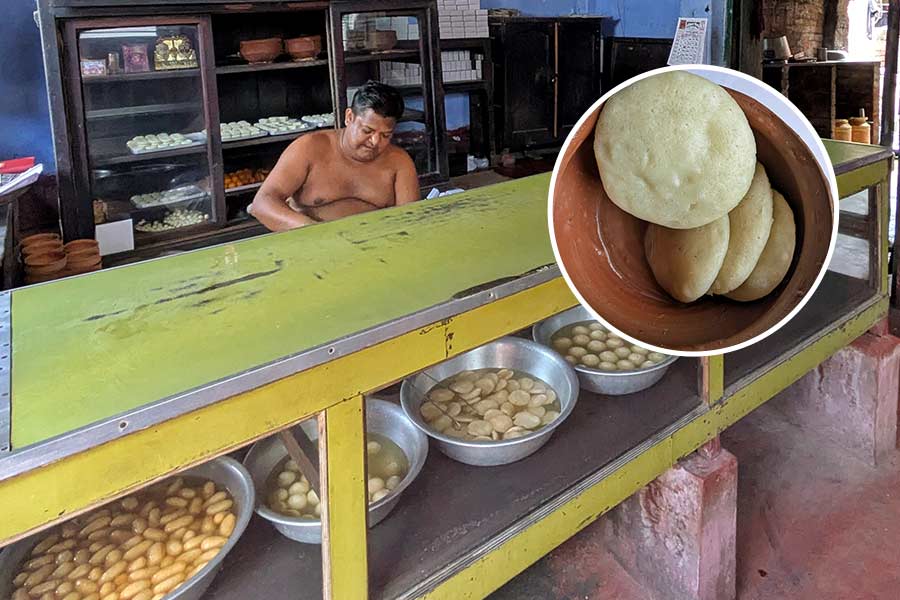In Kolkata’s old mishti shops, invention simmers gently. At dawn, ladles stir not just chhana, but tradition. While the world chases fusion, Bengal’s iconic sweetmakers are crafting something different: new mishtis that feel familiar. From rose sandesh to mango-infused doi, their creations prove that in Bengal, the future of sweets still rises from the past.
Carrying forward the tradition of real flavours
At the legendary KC Das, innovation isn’t a modern marketing trick; it’s a generational ritual. Dhiman Das, the great-grandson of Nobin Chandra Das, insists that while the world might call them “fusion sweets”, their creations are simply new inventions using timeless techniques.
“We invent a new sweet every year before the Bengali New Year and Durga Puja. These are usually flavoured with real fruit extracts, like our great-grandfathers did with jackfruit or custard apple sandesh,” he said.
But Das highlights a more pressing issue: a decline in skilled karigars. “Nobody wants to become a sweet-maker anymore. Call centres are easier, and culinary schools don’t train mishti chefs. We even tried to launch a ‘mishti chef’ programme with a hospitality institute, but it didn’t take off,” he says. “Unless you work on the shop floor, you can’t learn the craft.”
Innovating without losing tradition
One of the mishti brands in Kolkata, Balaram Mullick and Radharaman Mullick is often credited with blending innovation with authenticity. “Over the last decade, we have introduced Baked Rosogolla, Ice Cream Sandesh, Mango Gelato Sandesh, and Blueberry Doi,” said director Sudip Mullick. According to him, these aren’t mere novelties, but reinterpretations that respect the soul of Bengali sweets. The Baked Rosogolla, their flagship innovation, was developed after months of R&D. “We wanted something new that would still honour the traditional rosogolla. It’s not about being different for the sake of it — it’s about evolving with the times while retaining quality and heritage.” Mullick also acknowledges the challenge of going beyond the “fusion” box. “Creating something truly original takes deep cultural knowledge. A lot of mishti shops are busy preserving their legacy or catering to nostalgia. But we believe tradition can evolve respectfully and creatively.”
The legacy and revival
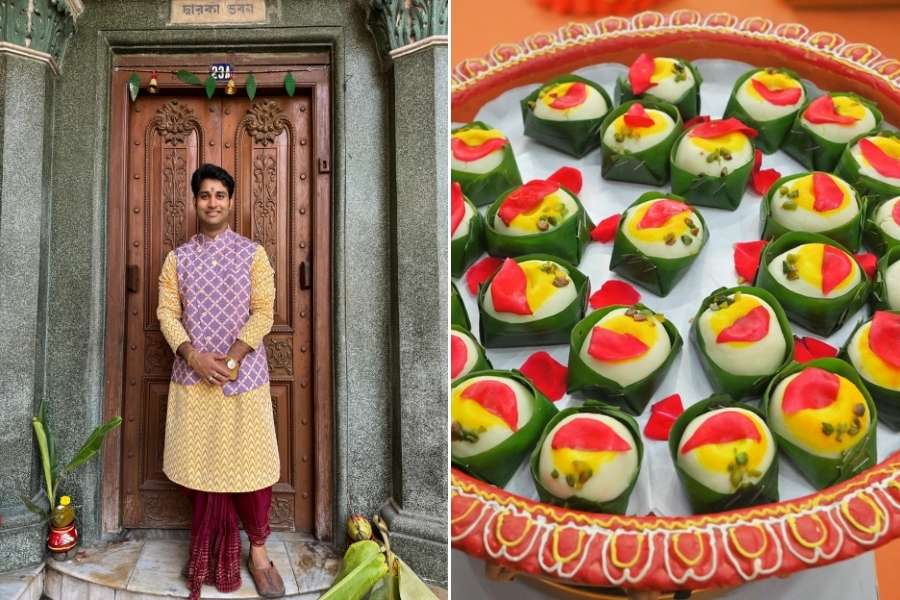
One of the oldest and most revered sweet shops in Kolkata, Dwarik's Grandsons has its own mishti lore — with sweets that have delighted everyone from royal families to chief ministers.
Among their more recent hits are the Labonyo Sandesh — a sandesh topped with condensed milk and seasonal flavour variations — and their take on Baked Rasgulla, elevated with a rich malai coating. “It’s a crowd favourite, especially during weddings and festivals,” said Rohit Raj Ghosh, the owner.
But perhaps their most emotionally resonant invention is the Gulabi Pada, which is a white rose-flavoured sandesh originally loved by Dr Bidhan Chandra Roy himself. “We revived it last year, served it in kola pata cups with a rose petal. The feedback was overwhelming.”
For Ghosh, the obsession with fusion sweets is symptomatic of a larger cultural drift. “We are so influenced by global cuisine and social media that we’ve forgotten our own legacy. Fusion is fine, but we must also bring back the lost sweets like the Sheetabhog, the Gokul Pitha, the Gaal Chhaapra .”
He believes innovation doesn’t always mean invention. Sometimes, it’s about rediscovery and reintroduction. “Give forgotten sweets a new form, modern packaging, promote them well — that’s how we take our culture global.”
Blending nostalgia with bold new flavours
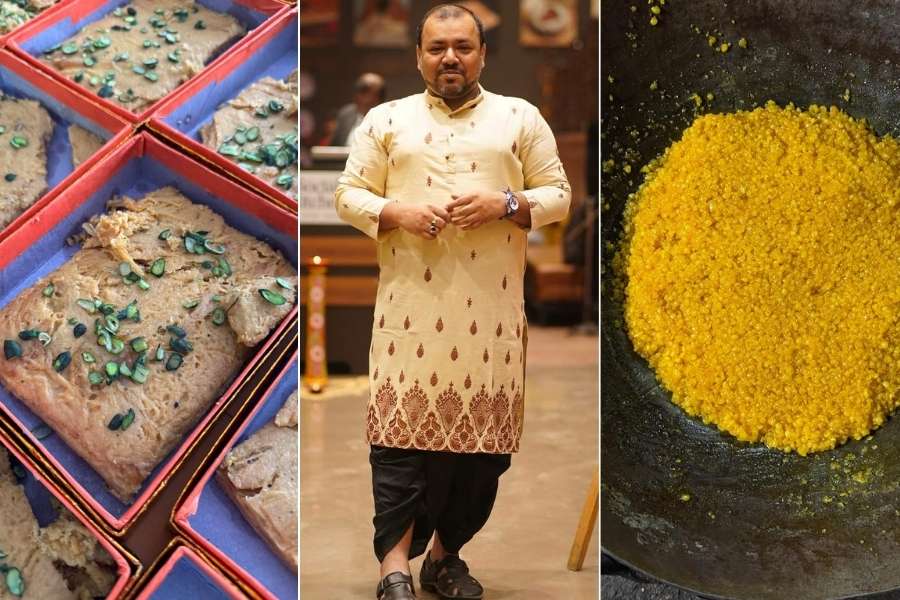
Tanmoy Basak, who launched Mishti Magic, believes that tradition doesn’t have to stand still. As tastes evolve and technology reshapes our lives, so too should sweets. With ideas like coffee-kissed rosogolla or saffron-laced innovations, Basak champions a future where Bengali mishti is not just preserved — but reimagined for a new generation. “Our mishti holds our memories — but memories can grow, evolve, and take new shapes. Why can’t rosogolla have a second story?”
The way forward: Beyond fusion
While fusion mishti, from sandesh tarts to chocolate sweets, has dominated menus, some Bengal’s sweet shops are trying to bring a revival. It’s not just about global ingredients, but about storytelling, nostalgia, reinvention, and respecting the art of mishti-making. As Dhiman Das puts it, “Mishti can’t be tampered with. It has to evolve from within tradition, not without it.”
